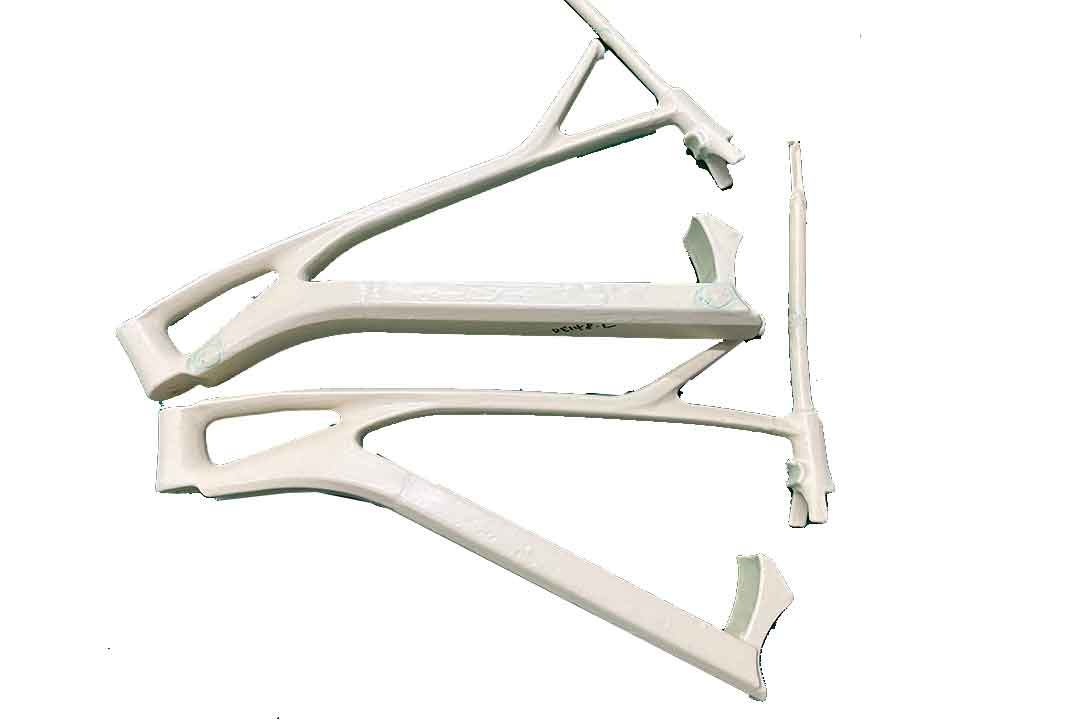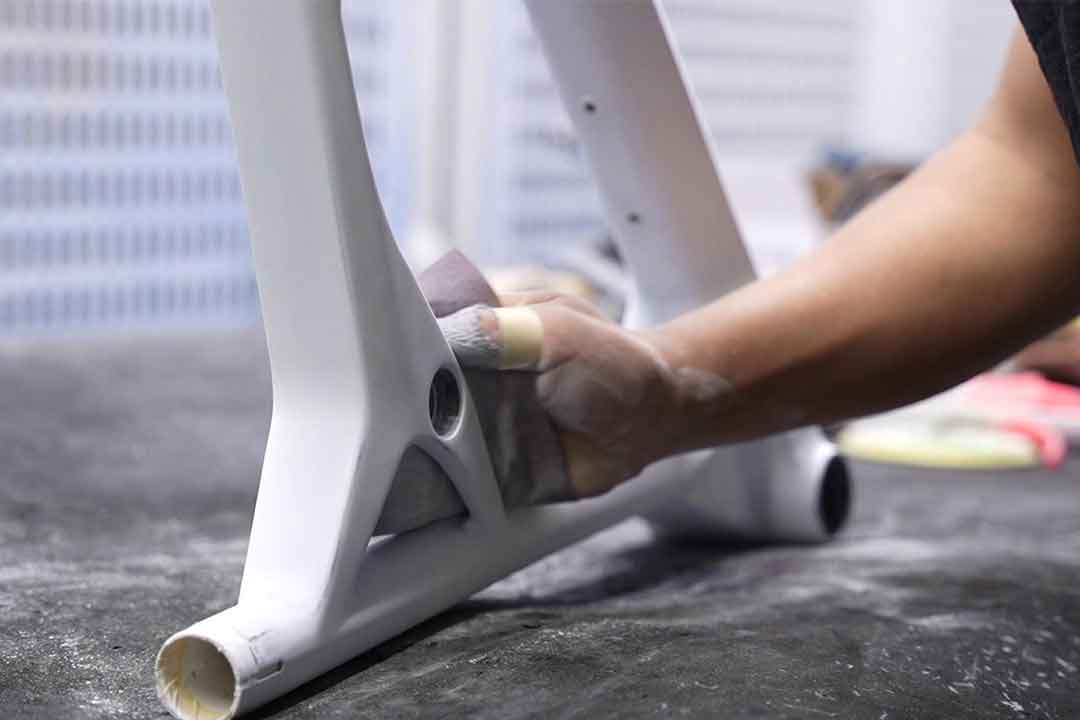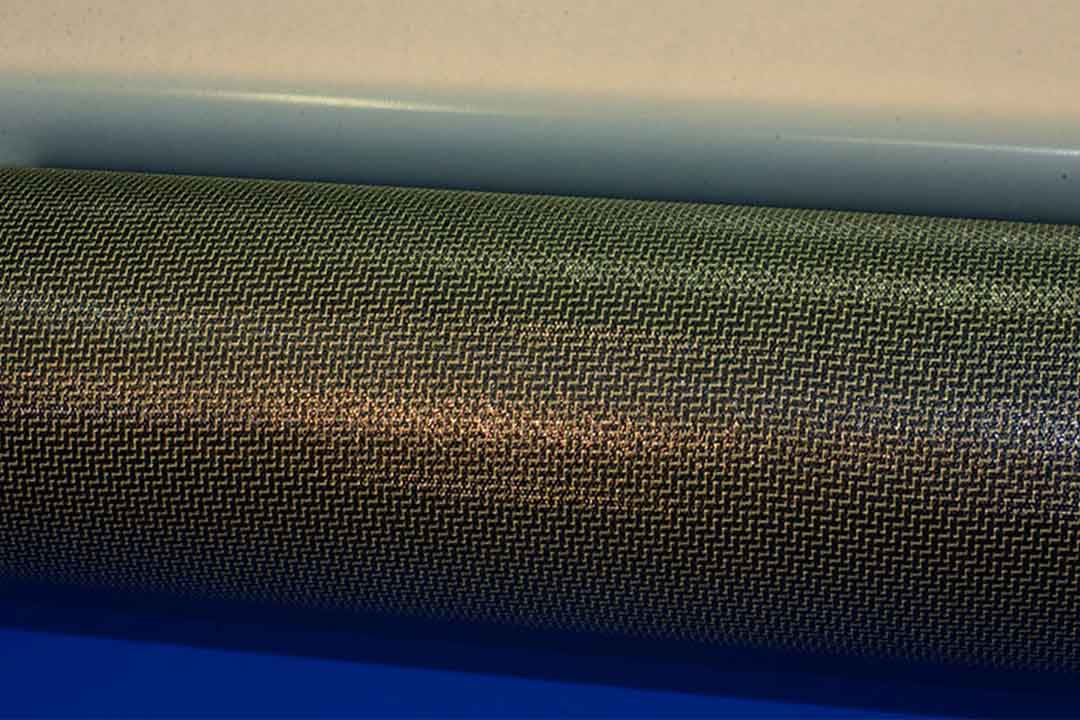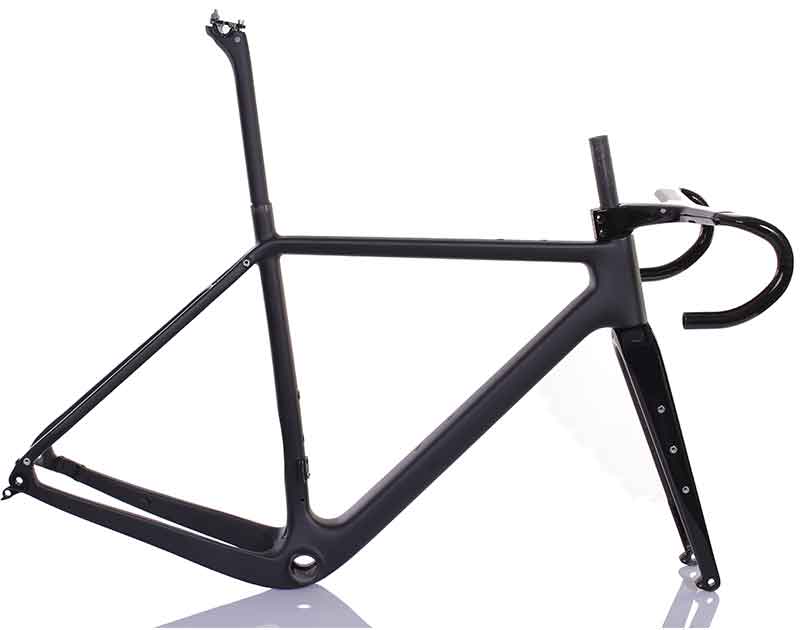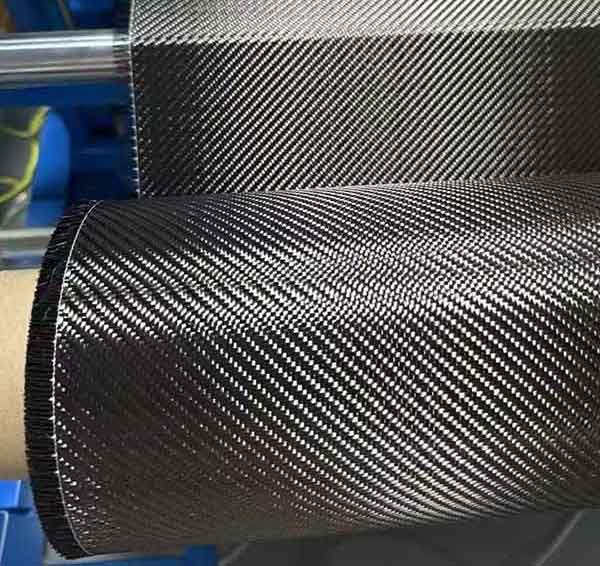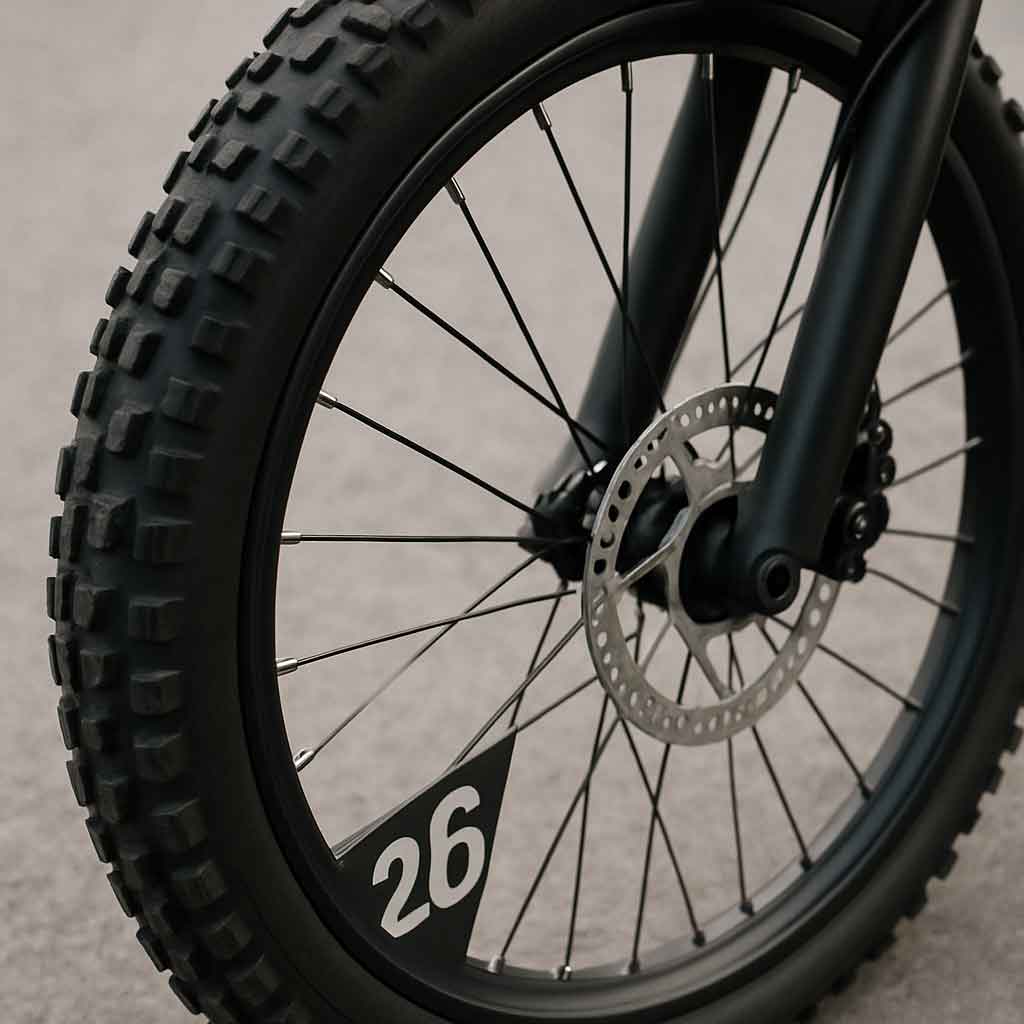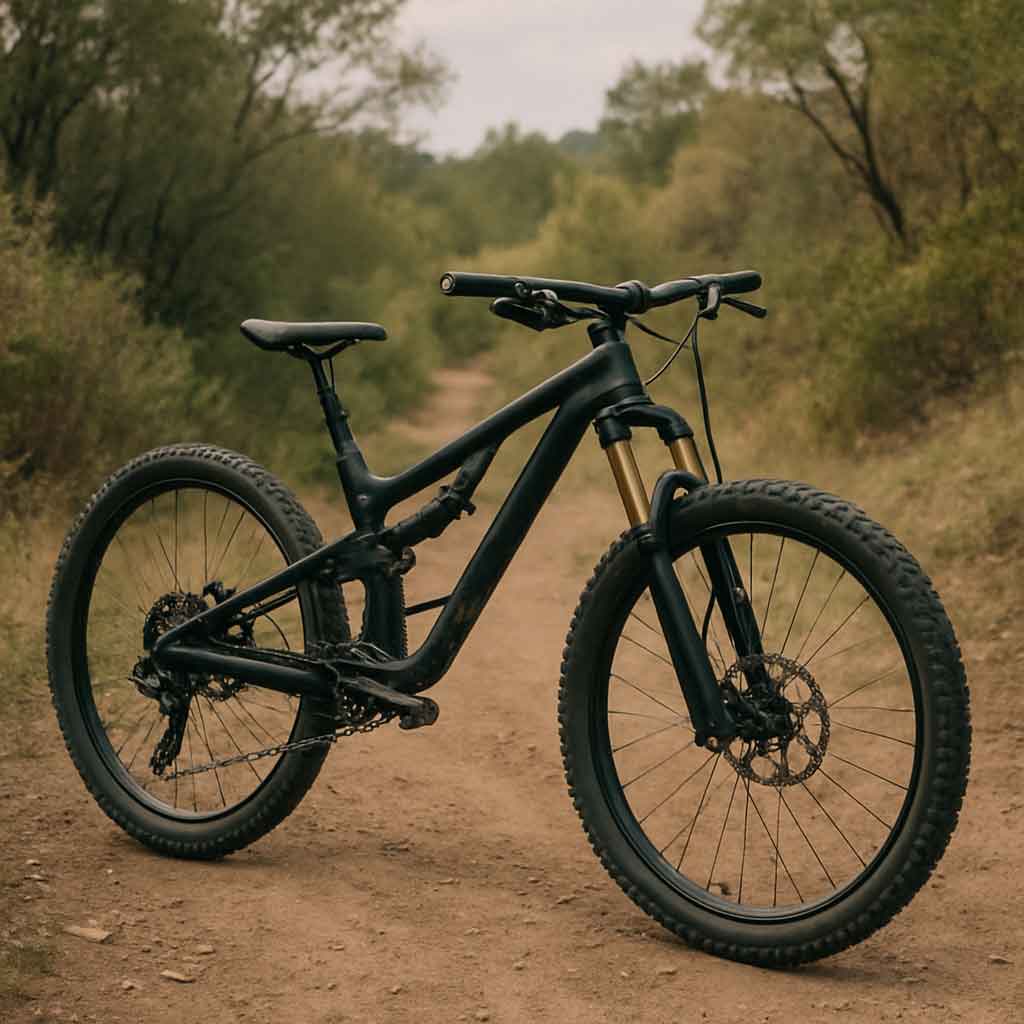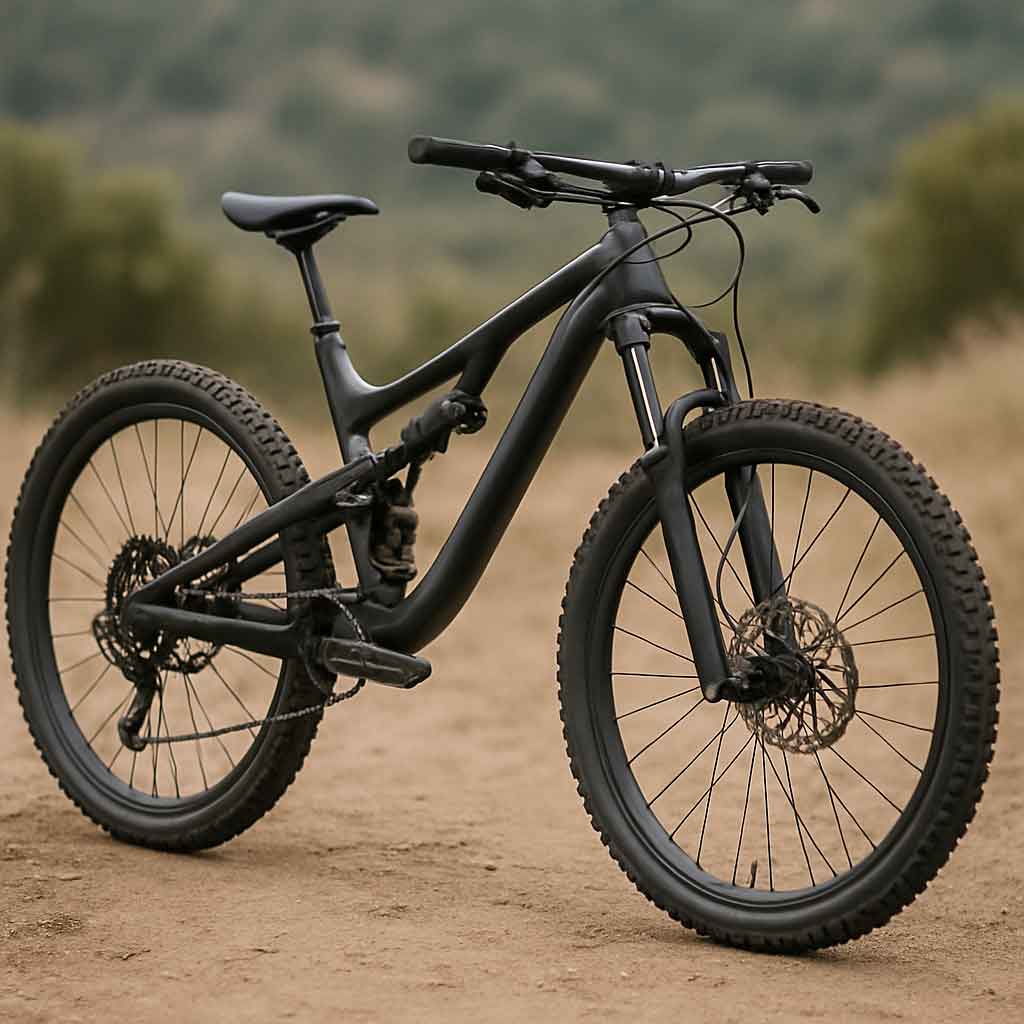Welcome to Mondince Bike - A well-known factory specialized in produce carbon bike frame and other parts since 2007.
Comparing Gravel Framesets What to Consider
Gravel biking has surged in popularity over recent years, offering riders a versatile option for both road and off-road adventures. With the increasing interest in this cycling discipline, the market is flooded with a plethora of gravel framesets to choose from. If you're in the market for a new gravel bike, understanding the key features of different framesets can make your decision much easier. This comprehensive guide will break down the essential factors to consider when comparing gravel framesets, ensuring you find the perfect match for your cycling needs.
The material of a frameset is a pivotal factor that influences the bike's weight, durability, and ride quality. Each material brings its own unique set of characteristics to a gravel bike, and understanding these can help you make a more informed decision.
Aluminum is a popular choice for gravel bike frames due to its affordability and lightweight nature. Its durability is a significant advantage, especially for riders who frequently tackle rugged trails. Aluminum frames are known for providing a stiff ride, which translates into efficient power transfer—ideal for those looking to maximize speed. However, this stiffness can also be a downside, as it might not absorb vibrations as effectively as other materials. This limitation can impact ride comfort on particularly rough terrains, making it less suited for extended endurance rides without additional comfort features.
In the world of gravel bikes, aluminum frames are often seen as the go-to option for budget-conscious riders or those new to the discipline. They offer a balance of performance and cost-effectiveness, allowing more riders to experience the joys of gravel biking without breaking the bank. Despite their affordability, many aluminum frames are packed with features that cater to both amateur and seasoned cyclists.
Furthermore, technological advancements in aluminum frame construction have led to the development of hydroformed tubes and other innovations that enhance ride quality. These improvements can make aluminum frames a viable option even for experienced riders seeking a reliable and agile bike for their gravel adventures.
Steel frames bring a classic feel to modern cycling, offering a unique combination of durability and ride quality. Known for their robustness, steel frames can withstand the wear and tear of extensive use, making them a dependable choice for long-distance gravel riding. One of the standout features of steel frames is their ability to absorb road vibrations, providing a smoother ride compared to stiffer materials like aluminum.
The weight of steel frames is a factor to consider, as they tend to be heavier than their aluminum and carbon counterparts. This added weight can be a disadvantage for riders focused on speed and agility. However, for those who prioritize comfort and stability, the weight may be a worthwhile trade-off. The forgiving nature of steel frames allows them to handle rough terrains with ease, making them a favorite among bikepackers and touring cyclists.
In recent years, the resurgence of interest in steel frames has led to the integration of modern technologies and design elements. These innovations have improved the performance of steel frames without compromising their inherent strengths. The timeless appeal of steel, combined with its proven performance, makes it a compelling option for riders seeking a reliable and comfortable gravel bike.
Carbon fiber is highly favored in the cycling world for its lightweight properties and excellent vibration damping capabilities. Gravel bikes with carbon frames often provide a smooth and responsive ride, making them ideal for those who want to blend speed with comfort. The lightweight nature of carbon frames allows cyclists to tackle challenging terrains with ease, enhancing both climbing and acceleration.
However, carbon frames are not without their drawbacks. They tend to be more expensive than other materials, which can be a barrier for budget-conscious riders. Additionally, carbon frames require careful maintenance to avoid damage, as they can be more susceptible to cracks and structural issues if not handled properly. Despite these challenges, many cyclists consider the investment in a carbon frame worthwhile due to the performance benefits it offers.
The versatility of carbon frames extends beyond their weight and damping capabilities. Modern carbon frames often feature innovative designs and integration options that enhance aerodynamics and rider comfort. These advancements make carbon frames a top choice for competitive cyclists and enthusiasts seeking a high-performance gravel bike that excels in both speed and comfort.
For those looking at the premium end of the spectrum, titanium frames offer a perfect blend of lightness, strength, and ride comfort. Titanium is renowned for its corrosion resistance, ensuring longevity and reliability even in harsh conditions. The unique ability of titanium to flex without losing strength provides a comfortable ride over long distances, absorbing road imperfections with ease.
The main drawback of titanium frames is their cost, which can be significantly higher compared to other materials. This premium price tag reflects the quality and performance that titanium frames deliver, often making them a lifelong investment for serious cyclists. Despite the initial expense, many riders find the durability and ride quality of titanium frames to be unmatched, justifying the cost.
Titanium frames also offer a distinctive aesthetic appeal, with their sleek, metallic finish exuding a sense of luxury and craftsmanship. This visual allure, combined with the practical benefits, makes titanium frames a popular choice among cyclists who prioritize both performance and style. Whether you're embarking on a multi-day bikepacking adventure or seeking a reliable companion for daily rides, titanium frames offer an exceptional cycling experience that stands the test of time.
The geometry of a gravel bike frameset plays a crucial role in determining how the bike handles and fits the rider. Understanding the key aspects of bike geometry can help you find a frameset that aligns with your riding style and comfort preferences.
The stack and reach measurements are fundamental in defining the rider's position on the bike. Stack refers to the vertical distance from the bottom bracket to the top of the head tube, while reach measures the horizontal distance from the bottom bracket to the head tube. A higher stack and shorter reach result in a more upright, comfortable riding position, ideal for endurance rides and long-distance touring. This setup reduces strain on the back and shoulders, enhancing overall comfort during extended rides.
Conversely, a lower stack and longer reach cater to more aggressive riding styles, positioning the rider in a more aerodynamic stance. This configuration is favored by cyclists who prioritize speed and efficiency, allowing for better power transfer and control during intense rides. Understanding your preferred riding style and physical comfort levels can guide you in selecting the right stack and reach measurements for your gravel bike.
In addition to personal preferences, the intended use of the bike should also influence your decision on stack and reach. For riders who frequently switch between road and off-road terrains, finding a balance that accommodates both environments is essential. Testing different setups and seeking advice from experienced cyclists can provide valuable insights into finding the perfect fit for your gravel adventures.
The wheelbase of a gravel bike, defined as the distance between the front and rear axles, significantly influences the bike's stability and maneuverability. A longer wheelbase offers enhanced stability, especially on rough terrain, making it an excellent choice for bikepacking and adventure cycling. This setup provides a smoother ride, minimizing the impact of bumps and obstacles on challenging trails.
On the other hand, a shorter wheelbase offers more agility and responsiveness, allowing for quick turns and precise handling. This configuration is suited for riders who prioritize nimbleness and control, particularly in technical sections or urban environments. When selecting a gravel bike, consider the type of terrain you'll be riding most often to determine the right wheelbase for your needs.
The choice between a longer and shorter wheelbase often comes down to personal preference and riding style. For those who enjoy a mix of terrains, finding a frameset that strikes a balance between stability and agility is key. Experimenting with different wheelbase lengths can help you discover the setup that best suits your cycling goals and enhances your overall riding experience.
The height of the bottom bracket, the component that houses the bike's crankset, affects the bike's center of gravity and overall stability. A lower bottom bracket can improve stability, providing a more grounded feel that enhances control on uneven surfaces. This setup is favored by riders who prioritize stability and confidence on rough terrains, as it reduces the risk of tipping over.
However, a higher bottom bracket may be better suited for technical terrain, as it reduces the likelihood of pedal strikes on obstacles. This configuration allows for greater clearance, enabling riders to tackle challenging sections with ease. When comparing gravel framesets, consider the type of terrain you'll be navigating to determine the optimal bottom bracket height for your riding style.
In addition to terrain considerations, the bottom bracket height can also impact the bike's overall handling and comfort. A balance between stability and clearance is often desirable for riders seeking versatility and adaptability in their gravel bike. Consulting with experienced cyclists and testing different setups can provide valuable insights into finding the right bottom bracket height for your needs.
Tire clearance refers to the maximum size of tires your frameset can accommodate, and it's a crucial factor in determining the bike's performance on different terrains. Wider tires offer better traction and comfort on rough surfaces, making them an excellent choice for off-road adventures. The ability to run wider tires enhances stability and control, particularly on loose or uneven trails.
When comparing gravel framesets, consider the tire clearance they offer, especially if you plan to ride on varied surfaces. A frameset with ample tire clearance provides the flexibility to switch between different tire widths, allowing you to customize your setup based on the terrain and riding conditions. This adaptability is particularly beneficial for riders who enjoy exploring diverse environments and want to optimize their bike's performance accordingly.
In addition to enhancing performance, tire clearance also impacts the bike's overall comfort and ride quality. Wider tires can absorb more vibrations and shocks, reducing fatigue during long rides. As such, assessing the tire clearance of a frameset is essential for riders seeking a versatile and comfortable gravel bike that can handle a wide range of terrains with ease.
Gravel bikes are often used for bikepacking and long adventures, making the availability of mounts for racks, fenders, and extra water bottles crucial. These mounts allow cyclists to carry additional gear and supplies, enhancing the bike's functionality and versatility. When comparing gravel framesets, check if they have enough mounts to accommodate your needs, particularly if you're planning multi-day trips or require extra storage capacity.
The presence of mounts can significantly impact the bike's suitability for various activities and terrains. For bikepackers and adventure cyclists, having a frameset with ample mounting options allows for greater flexibility in packing and organizing gear. This capability ensures that you can carry everything you need for extended journeys, from camping equipment to additional hydration options.
In addition to practical considerations, mounts and accessories also contribute to the bike's overall aesthetic and functionality. Framesets with sleek, integrated mounting options offer a clean and streamlined appearance, enhancing both performance and visual appeal. Whether you're a seasoned bikepacker or a casual cyclist exploring new trails, finding a frameset with the right mounts and accessories is essential for optimizing your gravel bike experience.
While traditional gravel bikes don't include suspension, some framesets offer features like front suspension forks or seat post suspension for added comfort on bumpy trails. These suspension options can enhance the bike's ability to handle rough terrains, providing a smoother and more controlled ride. When deciding if suspension is right for your gravel bike, consider your riding style and comfort requirements.
Front suspension forks are designed to absorb shocks and vibrations from the front wheel, reducing fatigue and improving control on uneven surfaces. This feature is particularly beneficial for riders who frequently tackle technical trails or rough terrains. Seat post suspension, on the other hand, focuses on enhancing comfort by absorbing vibrations from the rear of the bike, reducing the impact on the rider's body.
While suspension options can improve comfort and performance, they also add weight and complexity to the bike. As such, it's important to weigh the benefits against the potential drawbacks when considering suspension for your gravel bike. Riders who prioritize speed and simplicity may prefer a traditional rigid setup, while those seeking enhanced comfort and control may find suspension options to be a valuable addition.
When investing in a new frameset, considering the brand's reputation is crucial. Brands with a history of producing high-quality bikes often come with reliable warranties and customer support, providing peace of mind for your investment. A reputable brand is more likely to offer consistent quality and performance, ensuring that your gravel bike meets your expectations.
In addition to brand reputation, reading reviews from other riders can provide valuable insights into the frameset's performance and durability. Customer reviews offer real-world experiences and feedback, highlighting both the strengths and potential weaknesses of a frameset. These insights can help you make a more informed decision and avoid potential issues down the line.
When evaluating brand reputation and reviews, consider the specific features and attributes that are important to you. Whether it's frame material, geometry, or additional features, understanding how a frameset performs in these areas can guide you in selecting the right bike for your needs. By combining brand reputation with customer feedback, you can gain a comprehensive understanding of what to expect from your chosen frameset.
Ultimately, your budget will play a significant role in your decision when selecting a gravel frameset. While it can be tempting to opt for the cheapest option, it's important to consider the long-term value and benefits of investing in a higher-quality frameset. A well-constructed frameset can offer better performance, comfort, and durability, potentially saving you money on repairs and replacements in the future.
When assessing price and value, consider the specific features and attributes that are most important to you. Whether it's material, geometry, or additional components, understanding how these factors contribute to the overall value of a frameset can help you make a more informed decision. Investing in a frameset that aligns with your riding style and goals can enhance your cycling experience and provide lasting satisfaction.
In addition to upfront costs, consider the potential resale value of a frameset. High-quality framesets from reputable brands often retain their value over time, offering a better return on investment if you decide to upgrade or sell your bike in the future. By weighing the initial cost against the long-term benefits, you can make a decision that maximizes both performance and value.
Selecting the right gravel frameset involves balancing various factors, including material, geometry, tire clearance, and budget. By understanding these elements, you can make an informed decision that enhances your riding experience, whether you're tackling rugged trails or enjoying leisurely rides on mixed terrain. Take the time to test different frames, if possible, and consult with local bike shops to find the perfect fit for your gravel adventures. With the right frameset, you can embark on exciting journeys and explore new landscapes with confidence and comfort.



